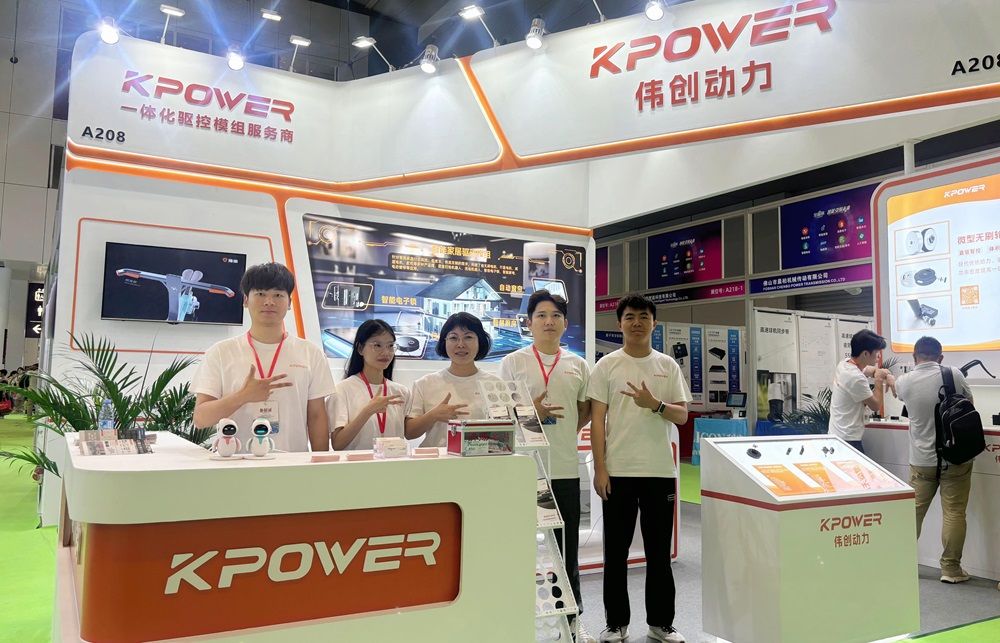Imagine a world where machines move with almost human finesse, performing complex tasks with precision and grace. From the robotic arms assembling vehicles to 3D printers crafting intricate models, motors are the silent heroes powering this mechanical ballet. Among the myriad choices available, two contenders stand out: servo motors and stepper motors. While they both convert electrical energy into mechanical motion, their internal workings, capabilities, and ideal applications differ vastly, each offering unique benefits tailored to specific needs.

At a glance, servo and stepper motors may seem similar—they're both used in automation, robotics, and motion control systems. Yet, under the hood, their differences are profound, influencing performance, cost, complexity, and suitability for various tasks. Understanding these differences can be a game-changer for designers, engineers, and enthusiasts attempting to select the right motor for their project.
The Fundamentals: How Do They Work? A stepper motor functions by dividing a full rotation into multiple small steps, each of which the motor "takes" as it moves from one position to the next. It consists of multiple coils organized in phases, and by energizing these coils in a specific sequence, the rotor follows these steps precisely. Think of it like climbing a staircase—each step is a fixed increment, and the motor moves from one step to the next with remarkable accuracy.
In contrast, a servo motor is a rotary or linear actuator that incorporates a closed-loop control system, typically including a encoder or resolver for position feedback. It responds to control signals by adjusting its position, speed, and torque dynamically. Instead of moving in fixed steps, a servo motor can position itself at any point within its range rapidly and with high precision, guided by real-time feedback.
Control and Feedback: Closed Loop vs Open Loop One of the most critical differences lies in how each motor is controlled. Stepper motors are generally open-loop systems, meaning they run without feedback. As long as they are powered and receiving commands, they will execute movements precisely, assuming no load issues or missed steps. This makes them simple, reliable, and cost-effective.
Servo motors employ closed-loop control. They constantly monitor their position through sensors and adjust their operation to correct any deviation from the target position. This feedback mechanism allows servo motors to deliver higher accuracy, smoother motion, and the ability to handle variable loads without losing synchronization. They are inherently more complex but excel where precision and agility are paramount.
Precision and Accuracy Stepper motors are celebrated for their repeatable and predictable steps, making them ideal when exact movement increments are needed—think of 1.8 degrees per step in many models, translating to 200 steps per revolution. But, since they move in discrete steps, they can sometimes suffer from resonance issues or loss of steps under high torque or acceleration, potentially leading to positional inaccuracies if not properly managed.
Servo motors, thanks to their feedback systems, can achieve sub-degree or even sub-arcminute precision, depending on the encoder resolution. Their ability to adjust on the fly means they can maintain positional accuracy even under changing loads or environmental conditions, outperforming stepper motors in high-precision applications.
Speed and Torque Characteristics When it comes to speed, servo motors generally hold an advantage. Because they can be dynamically controlled and have feedback mechanisms, they can operate at very high speeds with sustained torque, making them suitable for applications requiring rapid acceleration and deceleration.
Stepper motors are typically limited in maximum speed; their torque can drop significantly at higher RPMs, especially in high load scenarios. This limitation makes them less ideal for applications demanding fast, continuous rotation at high speeds but still efficient at lower speeds with high torque.
Cost and Complexity Steppe motors win on simplicity and affordability. Their straightforward design requires fewer components, and open-loop control systems are less expensive and easier to implement. For many hobbyist projects, educational setups, or low-cost automation, they provide an excellent starting point.
Servo motors tend to be more costly and complex. They require sophisticated control systems, encoders, and power supplies. Their higher price tag is justified in environments where performance, durability, and precision are critical—such as aerospace, robotics, CNC machining, and medical devices.
Applications Spotlight
Stepper Motors: 3D printers, CNC routers, small robotics, camera platforms, and basic automation tasks. They excel in scenarios where movement precision is important but high speed is not critical.
Servo Motors: Industrial robots, aerospace systems, high-speed machining, advanced robotics, and any system demanding high accuracy and dynamic response.
Choosing the Right Motor for Your Needs Your decision boils down to application specifics—budget, needed accuracy, speed requirements, load conditions, and environmental factors. If you're working on a DIY CNC machine or a 3D printer on a budget, a stepper motor may be enough. But if you're designing a robotic arm that needs to handle unpredictable loads swiftly and precisely, investing in a servo system could be worth the extra complexity and cost.
As you weigh your options, consider not just immediate demands but also future scalability. For example, a project that might grow in complexity and performance needs could benefit from starting with servo motors, despite their higher initial investment. Conversely, simple applications might find their perfect match in the reliable, economical stepper.
Kpower has delivered professional drive system solutions to over 500 enterprise clients globally with products covering various fields such as Smart Home Systems, Automatic Electronics, Robotics, Precision Agriculture, Drones, and Industrial Automation.




































